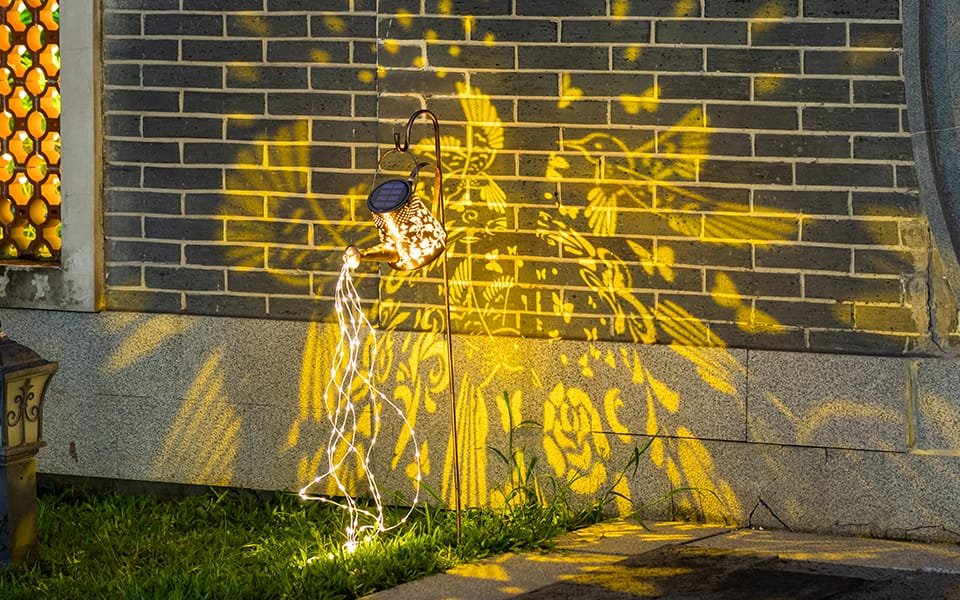String lights can transform any outdoor space, creating a cozy ambiance for gatherings or special occasions. But when a string of lights goes dim or stops working entirely, the culprit is often a single dead bulb. Figuring out which bulb is causing the issue can be frustrating, but the good news is there are several ways to find that dead bulb quickly and efficiently.

The most convenient way to find a dead bulb in a string of lights is by using a light tester. These handy tools are designed to detect where voltage changes along the strand, helping you pinpoint the faulty bulb in no time. A light tester works by identifying the point in the string where the current stops flowing due to a bad bulb. Simply connect the tester to the string and move it along to see where the voltage changes. If you don’t have a light tester, don’t worry—there are other methods you can use to locate the dead bulb.
How to Find a Bad Bulb in a String of Lights?
If you’re not using a tester, there are simpler methods you can try to find a bad bulb. Press the bulb against a very bright flashlight and look closely at the bottom of the bulb. Often, you’ll see burn marks or discoloration, which is a telltale sign that the bulb has burned out. This method works well for most string lights, including classic incandescent bulbs.
Alternatively, for certain types of string lights like LED fairy lights, checking the filament by looking closely through the bulb can also help spot a blown bulb. You may need to replace a few bulbs before finding the one that’s causing the issue, but the flashlight method is a quick and simple first step.
How to Tell Which Bulb Is Out on a String of Lights Without a Tester?
If you don’t have a light tester or a flashlight handy, you can still identify the dead bulb using a DIY approach. One of the most effective methods is to pull out one bulb at a time and insert a piece of folded foil into the bulb socket. If the string of lights turns on, you’ve found the bad bulb. If not, replace the bulb and try again with the next one.
This technique works especially well for incandescent string lights but can also be used with some LED lights, depending on the design. If you’re working with a large set of lights, it might take a little time, but it’s an inexpensive and simple method.
How to Fix LED Christmas Lights When Half the String Is Out?
Sometimes, only part of your string lights will go dark, which can be a sign of a problem with a specific bulb. If half of the lights aren’t working, it’s typically a single bulb or a fuse issue that’s causing the problem. Start by checking the circuit breaker and resetting it if necessary. Then, inspect the fuse—it’s usually located near the plug and may need to be replaced if blown.
If the fuse is fine, focus on the bulbs. Often, when half the string is out, replacing a single faulty bulb can restore the entire strand to full functionality. Make sure to test the bulbs individually using the methods we discussed above.
What Would Cause an Entire String of Lights to Burn Out?
If your entire string of lights has gone out, there are typically three main reasons for the failure:
- Compromised Wiring: Physical damage or corrosion to the copper wiring can disrupt the flow of electricity.
- Blown Fuse: A blown fuse in the plug is a common culprit, especially with older strands.
- Loose or Broken Bulb: A single broken or improperly connected bulb can cause an entire string to fail.
It’s important to check each of these factors when troubleshooting. If the wiring looks intact, try replacing the fuse first, and then check the bulbs. If you’re still having trouble, using a light tester can help you find the dead bulb or pinpoint wiring issues.
Best Way to Find Dead Bulbs in Outdoor String Lights?
Outdoor string lights come with their own set of challenges. Weather exposure and fluctuating temperatures can damage the bulbs or wiring, making it harder to identify the problem. For outdoor setups, light testers are still the most effective tool, as they can quickly detect voltage changes and help locate the dead bulb.
If you don’t have a light tester, the foil method and flashlight test work well outdoors too, but be mindful of the weather. If you’re working in damp conditions, make sure the lights are unplugged and you’re handling them safely to avoid electric shock.
How to Test Christmas Lights with a Multimeter?
For those who want to go the extra mile, using a multimeter is an excellent option for testing Christmas lights, especially when you want to check the continuity of each bulb. A multimeter can help you measure the flow of current through the bulbs to identify the ones that aren’t conducting electricity.
To use a multimeter, set it to test continuity and touch the leads to the contacts of each bulb. If the multimeter beeps or shows continuity, the bulb is good. If not, it’s the dead bulb. This method is perfect for those who are comfortable working with tools and want to ensure that each component is functioning properly.
Why Does Half of My Christmas Lights Not Work?
When half of your Christmas lights don’t work, it’s likely a bulb problem. In most cases, one bad bulb can cause a section of lights to fail, but the rest of the string might still work fine. Start by checking the bulb sockets and using the methods we discussed to test each one. If you find the faulty bulb, simply replace it, and your lights should work again.
Summary
Locating a dead bulb in your string lights doesn’t have to be a daunting task. Whether you use a light tester, the foil method, or check the bulbs with a bright flashlight, there are several ways to track down the problem. By following these methods, you’ll be able to troubleshoot and fix your outdoor lights in no time. If you’re still having issues, don’t hesitate to reach out for more tips or professional help. Happy decorating!
